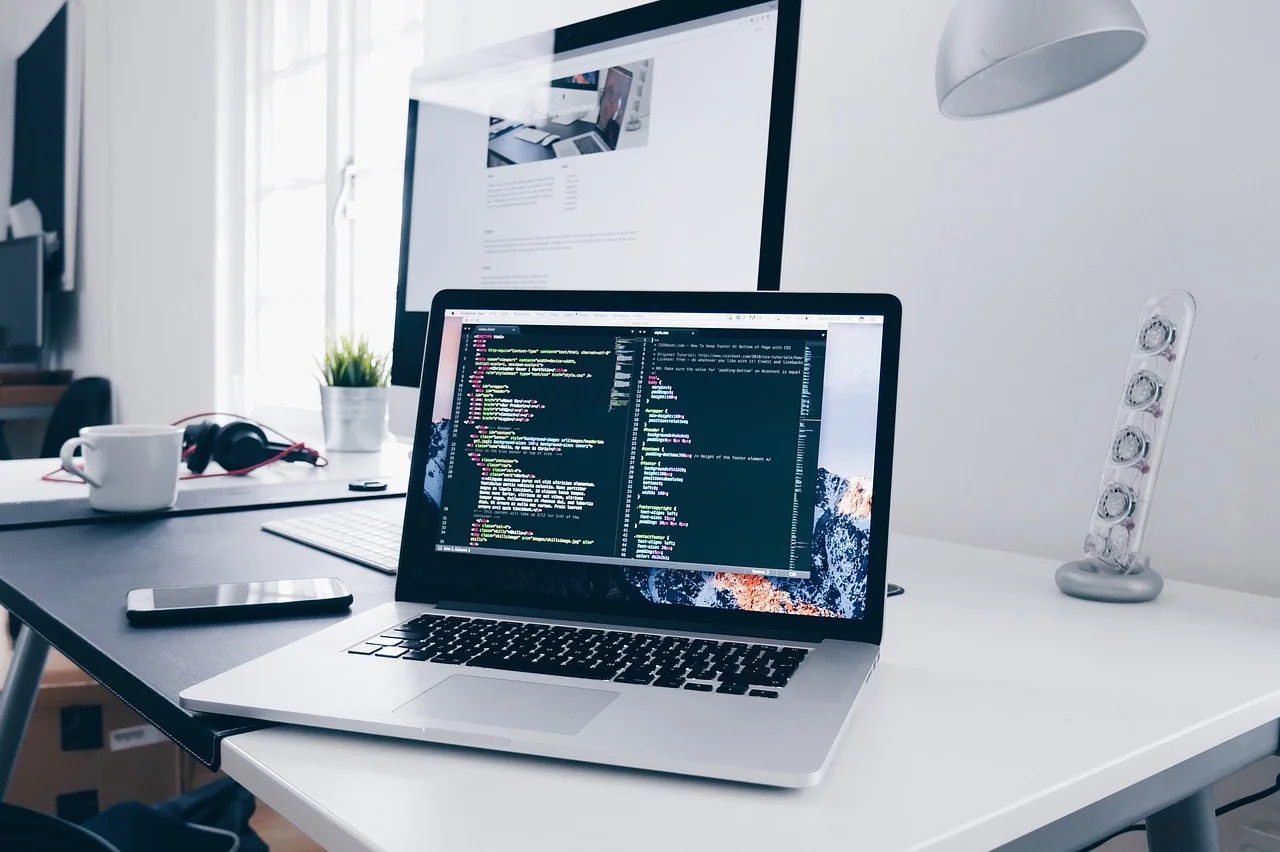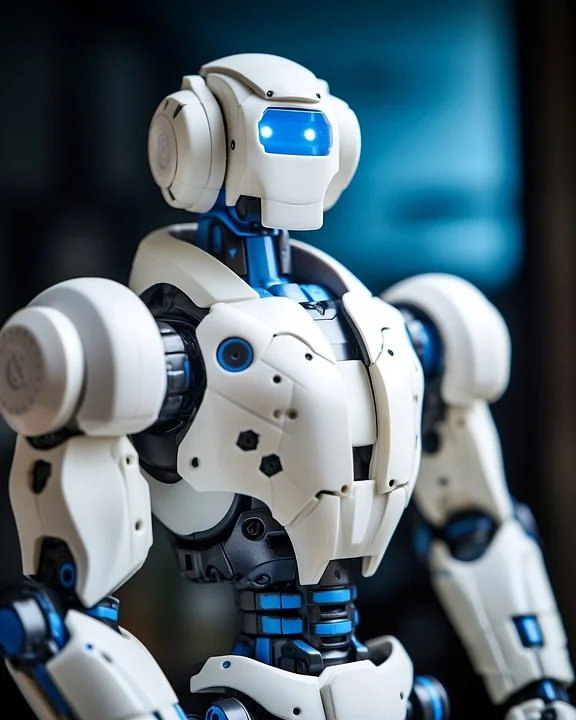Step-by-Step Guide to Fixing Performance Issues on Used Laptops
When buying a used laptop, you may be thrilled about getting a great deal, but often, there’s a catch: performance issues. Unlike a new machine, used laptops carry the history of the previous owners, and this means that they can carry slow speeds, software issues, and other related delays. But fear not—there are real tips you can try to revitalize your laptop without paying for costly repairs.
It should first be noted that performance issues in used devices may have a number of causes. These can include an old version of installed software, running too many processes in the background, low storage space, and old hardware. With this in mind, however, it is important to note that fixing most of these issues is not out of bounds, and you can always get the laptop back to its original form.
Fortunately, you don’t have to be a technology wizard to try and resolve these problems. A few minutes and some effort are needed to maximize the performance of your used laptop. At the end of this post, you will be well-equipped to handle slow loading times, sluggish programs, and other frustrations that accompany purchasing a used laptop.
1. Clean Up Your Hard Drive
Cleaning a hard drive is often the first thing that needs to be done when trying to rectify problems associated with the performance. During the course of using your computer, many files may accumulate, such as old files, applications that are no longer used, and temporary files.
How to do it:
Windows – Go to the Start menu and search for the “Disk Cleanup” tool. Select the drive you want to clean (usually C: drive), and finally, allow the tool to search for unnecessary files, such as the system cache and temporary files. Once a scan is complete, users can choose to select individual files for deletion and click “OK.”
Mac – For macOS, there is a feature called “Storage Management.” Open the Apple menu and click on the “About This Mac” option. Choose the “Storage” tab. Here, you can view large files, old documents, and applications that you may no longer use.
2. Update Software and Drivers
Outdated software is also a leading cause of slow laptop performance, as it takes longer to run several applications on a laptop with old software. The operating system and the drivers should preferably be updated before attempting to correct performance problems. Updates may contain important bug fixes, security updates, and improvements that will make your used laptop less of a drag.
How to do it:
Windows – Navigate to the Settings option on your computer, click on Update & Security, and then click on Check for Updates. If the software has any updates, let it download and install the latest ones.
Mac – Navigate to the “App Store” and click on the “Updates” menu. Here, you can check for macOS and app update releases if they are available. Do not forget to update all system components.
Updating will not only solve the problem of bugs but also allow the laptop to work with the latest options.
3. Run a Virus and Malware Scan
The most evident and probable reason why a used laptop will be slow is that it contains Malware. Even if the previous owner used the system without practicing proper security, the system may be infected with a virus or malicious software that occupies the system’s resources and slows it down.
How to do it:
Windows – It is recommended that you use the built-in antivirus software, such as Windows Defender, or install other antivirus programs. Run an antivirus scan of your whole system to identify any issues.
Mac – MacOS is generally less susceptible to viruses, but it is not superfluous to perform a malware scan using programs like Malwarebytes for Mac.
4. Manage Startup Programs
Another common problem with used devices is that there may be too many programs that load at start-up. Sometimes, when you start a device, several programs may be running in the background as a result of autostarting.
How to do it:
Windows – Press Ctrl+Shift+Esc to open the Task Manager. Select the “Startup” tab. From here, you can shut off all unwanted programs that start automatically.
Mac – Access “System Preferences” and click the “Users & Groups” tab; you’ll see your user account there. Go to the “Login Items” tab above and deselect any application that you do not wish to be opened at startup.
Restricting these startup items will, in fact, help to reduce the time taken to boot your laptop.
5. Increase RAM or Upgrade Storage
If your laptop is still slow even after trying the measures stated above, then perhaps it is time to upgrade certain parts of it. Older laptops have low memory capacities that are unable to support most current applications.
How to do it:
Upgrade RAM – If your laptop has less than 8GB RAM,, it would be wise to buy 8GB or 16 GB RAM for your new laptop for enhanced multitasking. This is more useful if you are using applications such as Adobe that take a lot of memory, such as for photo or video editing.
Upgrade to an SSD – If your laptop has a mechanical hard disk drive (HDD), upgrading to a Solid-State Drive (SSD) will significantly boost the system’s performance. SSDs are much faster than HDDs because they cut boot time and the time that apps take to load in the device in half.
6. Reinstall the Operating System
However, if you have tried all of the above and your laptop is still slow, the final step is to reinstall the operating system. Formatting helps to remove any residual software problems and restore the device to its optimum state.
How to do it:
Windows – Select “Settings” > “Update & Security” > “Recovery,” and then click on “Reset this PC.” You will be able to preserve your files or delete them all for a fresh start.
Mac – Power off your Mac and then power it on again while pressing down the keys Command + R. From there, you can reinstall macOS.
Conclusion
Although there are some difficulties when buying a used laptop, one has to understand that almost every issue can be solved over time and your laptop will work as quickly as a new one.
Every time you have considered buying cheap laptops, you need to understand that with efforts, it is possible to have the best results, just as you have with the expensive laptops. You just have to be patient and get the right laptop that will give you what you want.






